Conception: The Facts
0 Comments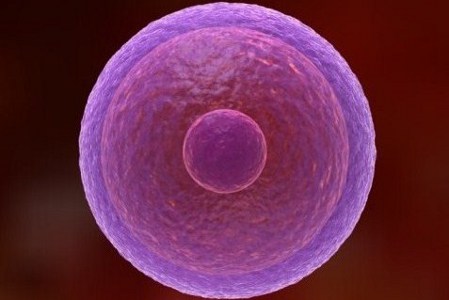
Ovulation
Ovulation occurs when a mature egg is released from an ovary. The egg travels into the fallopian tube and is ready to be fertilized by a sperm. An egg lives 12 to 24 hours after leaving the ovary. Normally, only one egg is released each time during ovulation. Some women experience lower abdominal discomfort or aching , often on the side of the ovary that is releasing the egg. In the days leading up to ovulation, most women have a clear and somewhat elastic vaginal discharge. Some women experience light blood spotting during ovulation. Photo: Getty Images
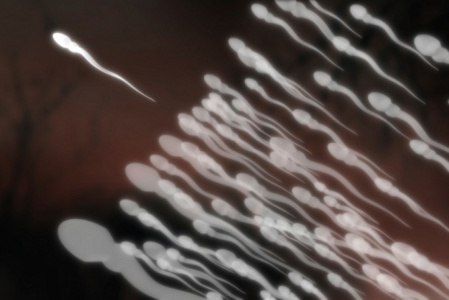
Fertilization
During fertilization, a single sperm penetrates the egg. An egg can be fertilized for about 24 hours after ovulation. On average, ovulation and fertilization occur about 2 weeks after your last period. When the sperm penetrates the egg, changes in the protein coating around it happen to prevent other sperm from entering the egg. At the moment of fertilization, the baby’s genetic make-up is complete, including its sex. Photo: Getty Images
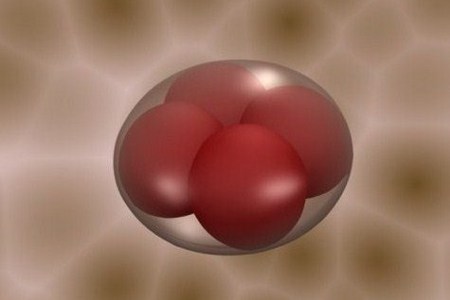
Implantation
Implantation of a fertilized egg normally takes place 6 to 12 days after ovulation. The process begins 24 hours after fertilization. The egg rapidly divides into many cells. It remains in the fallopian tube for about 3 days. The fertilized egg is now called a zygote. It continues to divide as it slowly travels through the fallopian tube to the uterus. The zygote evolves into a blastocyst, which is a hollow ball of cells. Its next task is to attach itself to the endometrium, which is the inner lining of the uterus; this process is called implantation. Before this can happen, the blastocyst must break out of its protective covering. Some women notice slight vaginal bleeding or spotting for a day or two during implantation. Photo: Getty Images
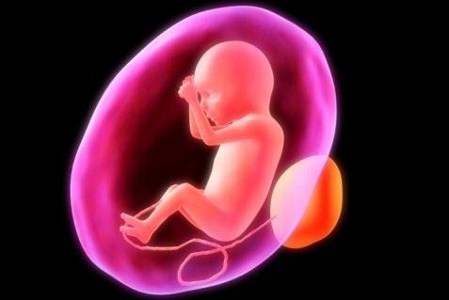
Pregnancy Hormones
Human chorionic gonadotropin or hCG is a pregnancy hormone that is produced by the placenta. The placenta is a temporary organ that joins the mother to the fetus, transfers maternal oxygen and nutrients to the fetus, and releases carbon dioxide and waste products from the fetus. hCG levels can be detected in a blood test as early as 11 days after conception and about 12 to14 days after conception by a urine test. Generally, the hCG levels will double every 72 hours, peak in the first 8 to 11 weeks of pregnancy, and then decline and level off. An hCG level of less than 5mIU/ml is considered negative for pregnancy, and anything above 25mIU/ml is considered positive for pregnancy. Photo: Getty Images
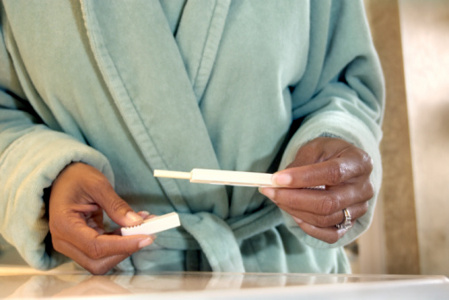
Home Pregnancy Tests
There are two basic types of home pregnancy tests, one which uses a test strip or dip stick, and one which uses a collection cup with a test device. Both tests detect the presence of hCG. It is best to test the first urine of the morning, which is the urine that has collected in the bladder overnight. Most doctors recommend that you wait until the first missed day of your period before taking a urine pregnancy test. However, several factors can affect the accuracy of an early test. The days of a woman’s menstrual cycle and ovulation change each month. The exact day of implantation is not always known. Each home pregnancy test kit has a different sensitivity to hCG. Test results are more accurate if you wait until one week after a missed period. Photo: Getty Images

Blood Test for Pregnancy
There are two types of blood test for pregnancy. A quantitative blood test measures the exact amount of hCG in the blood. A qualitative blood test measures hCG, but only determines if you are or are not pregnant. Serum tests can detect pregnancy earlier and are considered to be more accurate than home urine pregnancy tests. Photo: Getty Images

Menstrual Cycle
The menstrual cycle begins with the first day of bleeding. This is counted as day 1. The cycle ends just before the next menstrual cycle. The average cycle length is 28 days, but in reality, the usual range is 25 to 36 days. Usually, cycle lengths and the intervals between periods are longest in the years immediately after the first menstrual period and before menopause. Menstruation is the shedding of the endometrium or lining of the uterus along with bleeding. Following ovulation, if the egg is not fertilized it disintegrates and is absorbed into the uterine lining. Since no conception has occurred, the endometrium, unfertilized egg and blood are shed and pass through the vagina. Menstrual bleeding can last 3 to 7 days, with an average of 5 days, for most women. Photo: Getty Images
Add a CommentComments
There are no comments yet. Be the first one and get the conversation started!